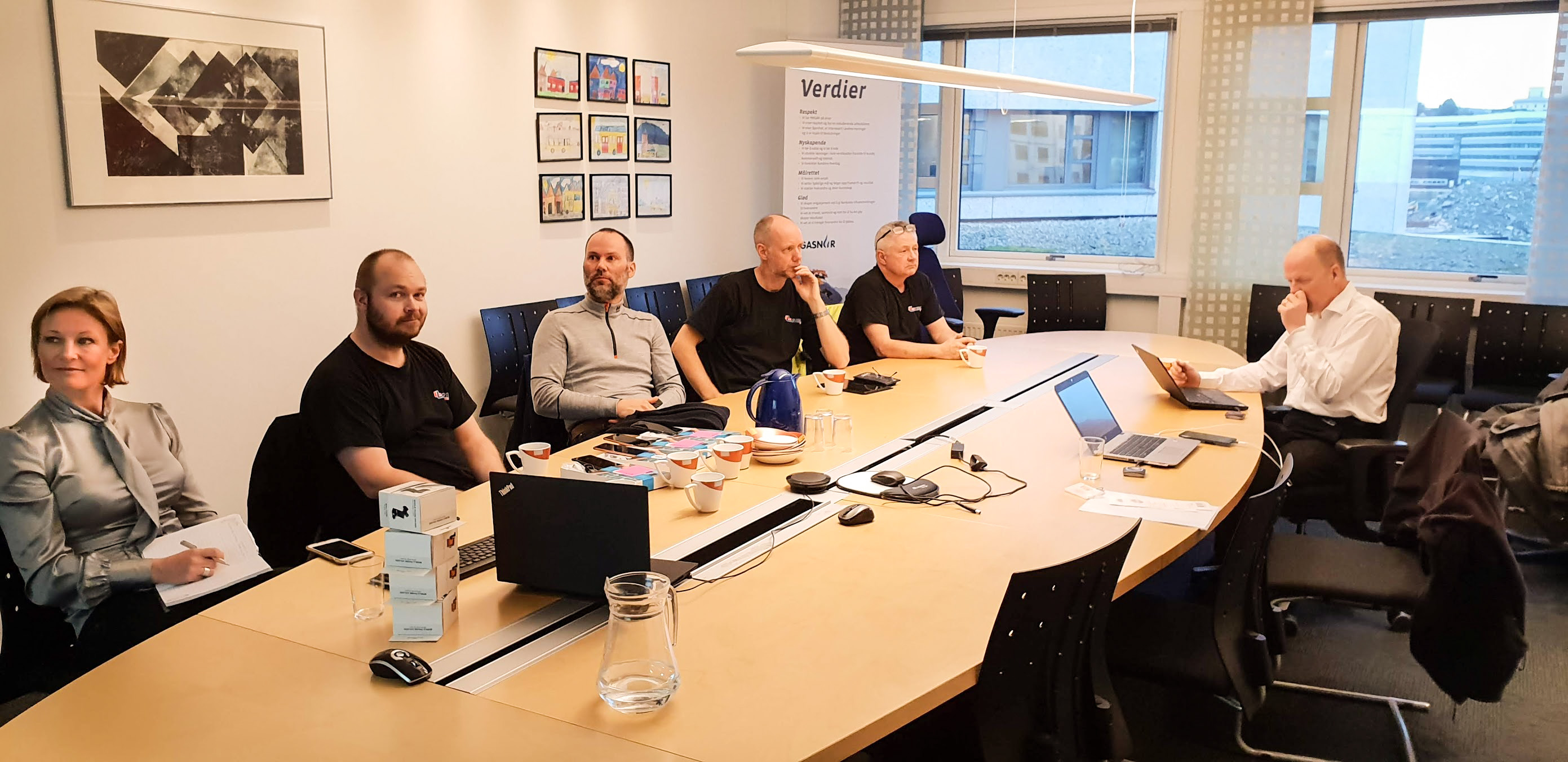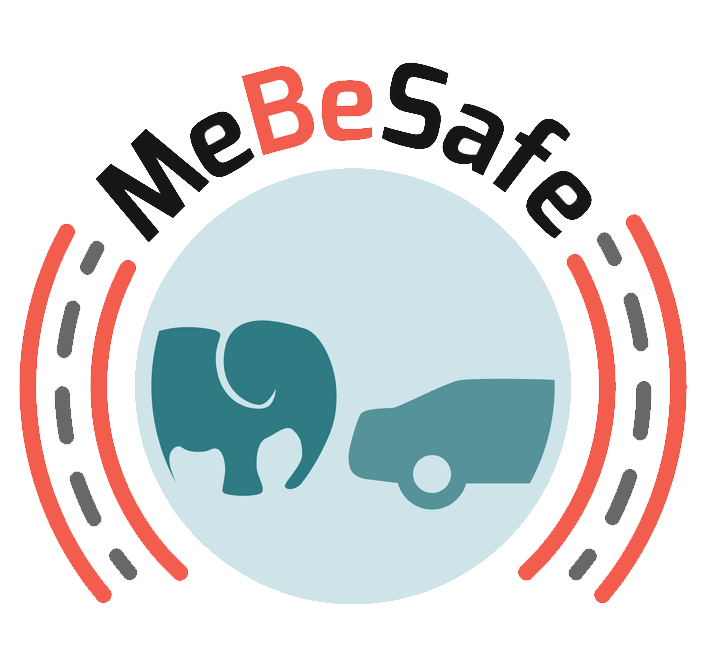Novel ways to coach truck drivers
A new coaching system based on a mobile app was finally launched in Norway after an effortful development process. Several new techniques are being tested by four committed drivers, including peer-to-peer coaching and personal data integrity. And more improvements may be on the way.
Norway. A country where a truck driver may be just as likely to run into a mountaintop blizzard as a metropolis gridlock. Where roads may rise a thousand metres in front you or simply close down for half a day. This is the place where the MeBeSafe coaching system is up for trial.
The system revolves around a mobile application running on a phone mounted in the truck cab. It uses GPS for estimations of acceleration and braking, making it unnecessary to connect the phone to the truck itself.
However, it is not only based on automatically collected data. Truck drivers have the ability to contribute themselves as well. If something peculiar happens along the roads, they can press a large button on the screen to log that event for future discussions. At the moment, this feature may appear somewhat simple, but a future update could include a camera so that actual footage could be saved and more context provided to the logged events. This button was the only thing the researcher Anders af Wåhlberg initially wanted to show on-ride, but the developers saw it from another point-of-view.
Teri Lillington from Shell describes this as one of the major strengths in the MeBeSafe project; the ability to combine knowledge and perspectives from a large variety of stakeholders. The development team wanted to make the app attractive and interesting for the drivers as well, so that it would be appreciated and actually used.
So, a few animations and a speedometer were added to the on-ride screen, and the response from the drivers was really positive indeed. They have been found to appreciate both the look of the app as well as the functionality.

The main functionality of the app is of course to collect data to be used as a basis for the coaching sessions. Data that solely belongs to each individual driver. The company only gets aggregated data and the researchers only completely anonymised numbers. This is rather unusual, as companies are often in control of this information down to the most minute detail. Anders af Wåhlberg is very proud that MeBeSafe is taking another approach.
“I personally hate surveillance. Because that’s what the companies usually do, assessing which driver is ‘best’ and which is ‘worst’. How can we get the drivers’ acceptance if that’s what we’re doing? And without acceptance, how can we get the systems to actually work?”. Both Anders af Wåhlberg and Teri Lillington are very pleased with how well the collaboration with truck companies Litra and Gasnor works. The project could not have reached this far without their sincere support.
So in this project, nobody can force the drivers to show them the data. They are not even required to show it to a colleague when time has come for a coaching session, but they will hopefully do so due to positive peer pressure. Positive peer pressure is actually one of the theories forming the foundation of the peer-to-peer coaching method. Each driver will set a measurable and reachable goal together with a peer and will therefore feel that they at least have to try meeting it.
“We actually use several methods from cognitive behavioural therapy for the coaching sessions”, af Wåhlberg says, “Most of them are very simple and can be taught to the drivers in just a short lecture. And this is necessary as there is no other way than to use peers. Professional coachers do not know the situation and we cannot decide that a few drivers are better than others. Now they are equal.”
The app will tell the drivers when a new coaching session is due, and suggest relevant topics they can read about beforehand and discuss. Ideally, the app should analyse the data from two peers who have formed a group and choose a time for the next coaching session based on their performance. Such calculations are highly complex, but the team’s desire is to implement a large degree of complexity if a second version of the app becomes reality.
One of these issues is the fact that the extremely varying traffic environment in Norway demands extremely varying traffic behaviour, and this is something the app should take into consideration. What is deemed flawless behaviour on a motorway is lightyears away from good behaviour on a snowy gravel road in the middle of nowhere.
Researchers are hard at work to come up with solutions how this could actually be compared. Bram Bakker from Cygnify has developed a software to detect cars, pedestrians and other items from traffic videos, which could be used to measure what is going on outside the truck. It is however difficult to send the video to the software, when driving where no internet can be found.
A second version of the app should also put a much higher focus on positive feedback. Generally, systems tend to put a much stronger emphasis on what is wrong and what is bad, not what is actually good. This is yet another complex area, demanding a very high degree of understanding the surrounding traffic environment to give a correct result.
At the moment, it is very uncertain if these plans will ever take the step out from the drawing board. More EU-funding is required to secure a second round of development, and the funds, development and trial testing must be done before summer if it is to be a part of MeBeSafe.
Anders af Wåhlberg is not very optimistic that this will be achieved but still speaks of the grandeur the scheme could achieve if it reaches its full potential. And as already the first version of the app is very appreciated and seems to help the drivers, one could only imagine how immensely far a second version could go.
